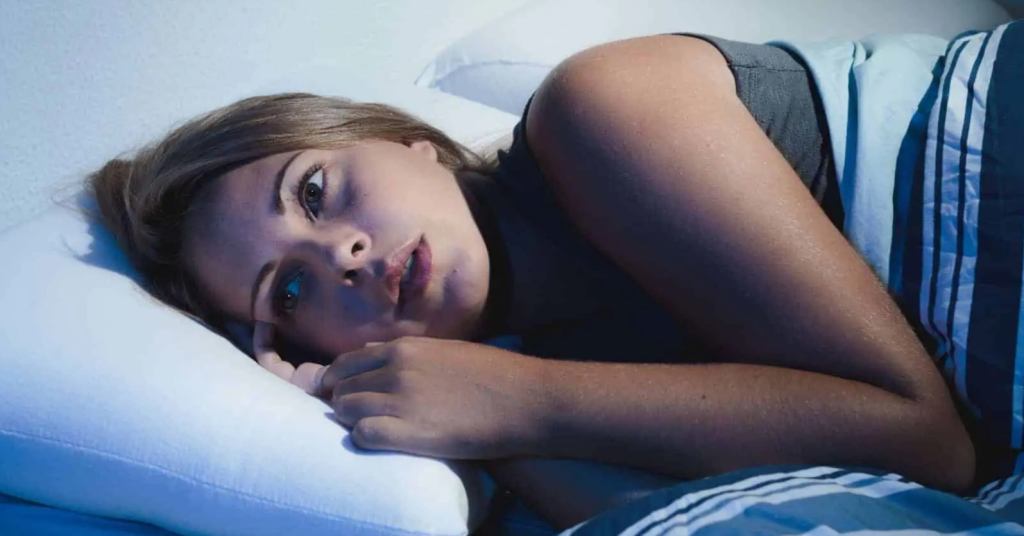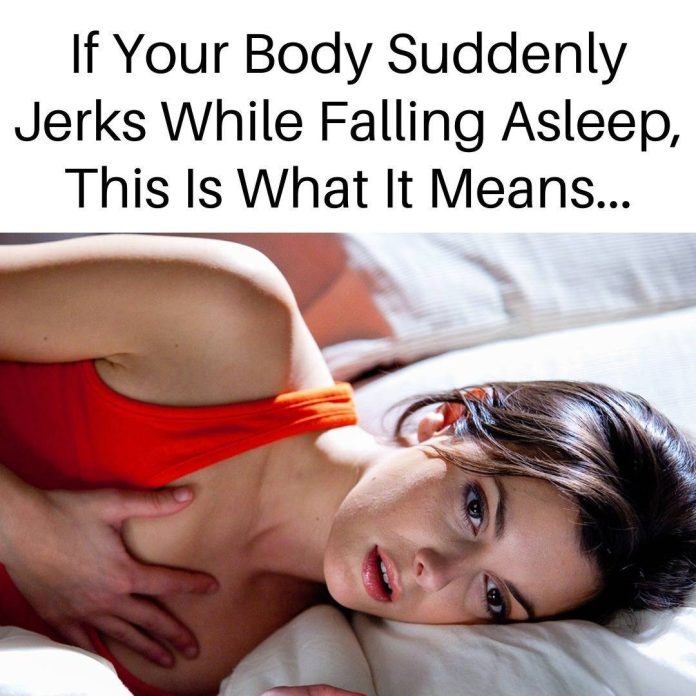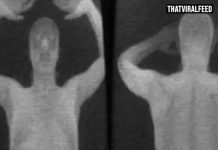Experiencing a sudden jolt or twitch just as you’re drifting off to sleep is a common phenomenon known as a hypnic jerk. Also referred to as sleep starts or hypnagogic jerks, these involuntary muscle contractions occur during the transition from wakefulness to sleep. While they can be startling, hypnic jerks are generally harmless and affect a significant portion of the population.
Understanding Hypnic Jerks
Hypnic jerks are brief, involuntary muscle contractions that occur as a person begins to fall asleep. They are often accompanied by a sensation of falling, which can sometimes jolt the individual awake. These jerks are a form of myoclonus, which refers to sudden muscle contractions. Common examples of myoclonus include hiccups and the sudden jerks experienced during sleep. Hypnic jerks specifically occur during the hypnagogic state, the transitional period between wakefulness and sleep.

Prevalence
Research indicates that hypnic jerks are a widespread occurrence. A study published in 2016 noted that approximately 60–70% of individuals experience hypnic jerks, usually just as they are about to fall asleep. These events are random and can affect people of all ages, though not everyone experiences them regularly. Despite their commonality, the exact cause of hypnic jerks remains a topic of research and discussion.
Potential Causes
While the precise mechanisms behind hypnic jerks are not fully understood, several factors have been identified that may contribute to their occurrence:
- Sleep Deprivation: Lack of adequate sleep can increase the likelihood of experiencing hypnic jerks. When the body is overtired, the transition from wakefulness to sleep can become irregular, potentially triggering these involuntary movements.
- Stimulant Consumption: Intake of stimulants such as caffeine and nicotine, especially in the hours leading up to bedtime, can disrupt normal sleep patterns. These substances stimulate the nervous system, making it more difficult for the body to relax and increasing the chances of hypnic jerks.
- Stress and Anxiety: High levels of stress and anxiety can lead to increased muscle tension and heightened nervous system activity. This state of hyperarousal can interfere with the natural process of falling asleep, potentially resulting in hypnic jerks.
- Physical Activity: Engaging in vigorous exercise, particularly close to bedtime, can leave the muscles in an excited state. While regular exercise promotes healthy sleep, timing is crucial; late-night workouts might contribute to sleep disturbances, including hypnic jerks.
Theories Behind Hypnic Jerks
Several hypotheses have been proposed to explain the occurrence of hypnic jerks:
- Evolutionary Perspective: One theory suggests that hypnic jerks are a primitive reflex originating from our ancestors. As early humans slept in trees or other precarious locations, a sudden muscle contraction upon relaxation could have served as a survival mechanism to prevent falls.
- Physiological Response: Another explanation posits that as the body transitions to sleep, there is a natural decrease in muscle tone and a slowing of bodily functions. The brain might misinterpret this relaxation as a sign of falling, prompting a sudden muscle contraction to regain posture.
- Neural Misfiring: Some researchers believe that hypnic jerks result from spontaneous neural activity in the brain’s motor regions during the sleep-wake transition. This activity could lead to involuntary muscle movements as the body shifts from wakefulness to sleep.
Managing and Reducing Hypnic Jerks
While hypnic jerks are typically benign and do not require medical treatment, their frequency can be reduced through certain lifestyle adjustments:
- Establish a Regular Sleep Schedule: Going to bed and waking up at consistent times each day helps regulate the body’s internal clock, promoting smoother transitions between sleep stages.
- Limit Stimulant Intake: Reducing or eliminating the consumption of caffeine and nicotine, especially in the hours leading up to bedtime, can decrease nervous system stimulation and promote restful sleep.
- Manage Stress: Incorporating relaxation techniques such as deep breathing exercises, meditation, or gentle yoga before bed can help calm the mind and body, reducing the likelihood of hypnic jerks.
- Monitor Exercise Timing: Engaging in regular physical activity is beneficial for overall health and sleep quality. However, it’s advisable to schedule vigorous workouts earlier in the day to allow the body ample time to wind down before bedtime.

When to Seek Medical Advice
In most cases, hypnic jerks are harmless and do not indicate a serious health issue. However, if these episodes are frequent, cause significant sleep disruption, or are accompanied by other concerning symptoms, it is advisable to consult a healthcare professional. They can assess for underlying conditions and provide guidance tailored to individual needs.
In summary, hypnic jerks are a common and typically benign phenomenon experienced by many during the transition from wakefulness to sleep. Understanding potential triggers and implementing lifestyle modifications can help reduce their occurrence, leading to more restful and uninterrupted sleep.

















